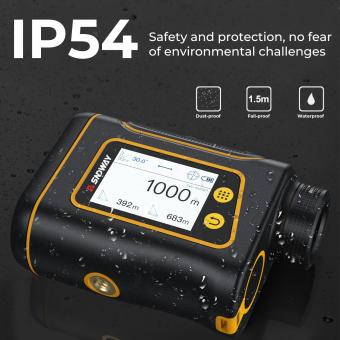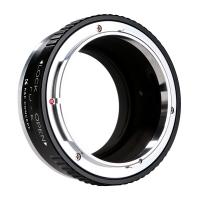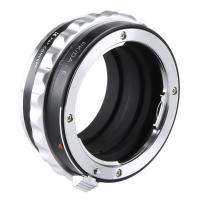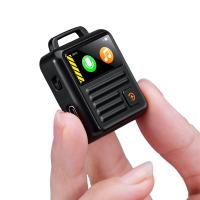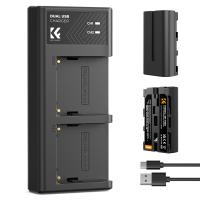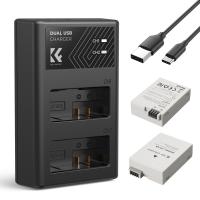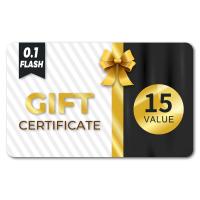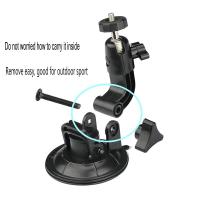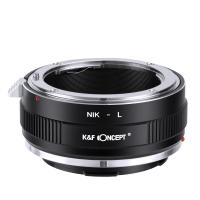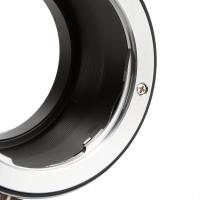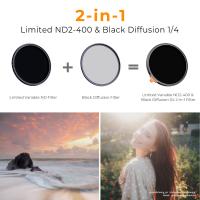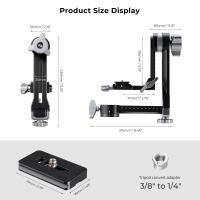How To Use A Rangefinder?
To use a rangefinder, follow these steps:
1. Turn on the rangefinder and select the appropriate mode for your needs (e.g. golf, hunting, surveying).
2. Look through the viewfinder and aim at your target.
3. Press the button to activate the rangefinder's laser.
4. The rangefinder will emit a laser beam that will bounce off the target and return to the rangefinder.
5. The rangefinder will calculate the distance to the target based on the time it took for the laser to return.
6. The distance to the target will be displayed on the rangefinder's screen.
7. Use this information to adjust your aim or make other decisions based on the distance to the target.
It's important to note that rangefinders are not always accurate and can be affected by factors such as weather conditions, the reflectivity of the target, and the angle at which you are aiming. It's also important to follow any safety guidelines or regulations when using a rangefinder for hunting or other activities.
1、 Understanding the basics of rangefinder technology
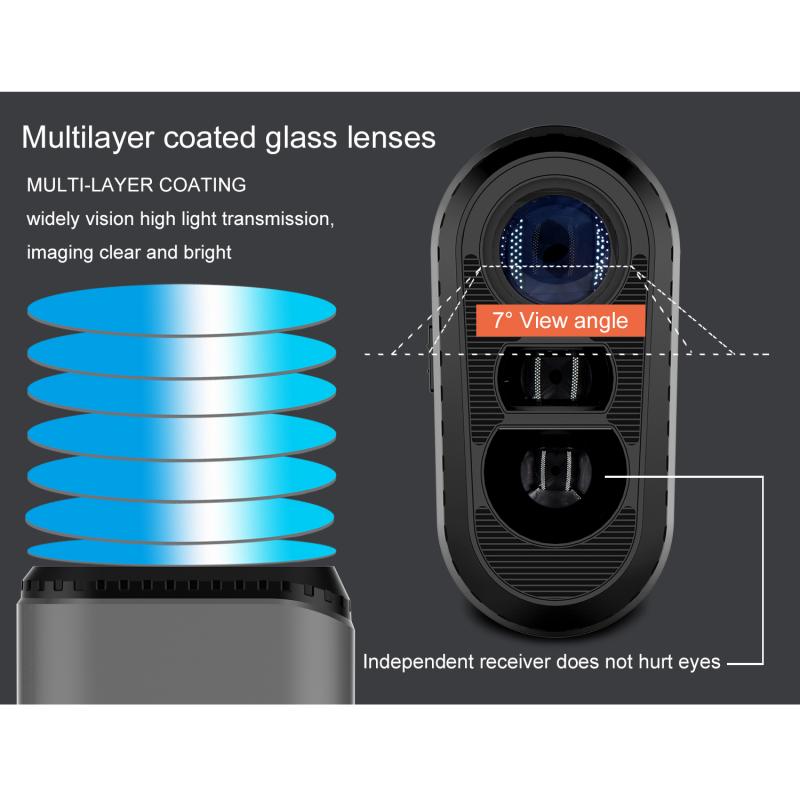
Understanding the basics of rangefinder technology is essential before learning how to use a rangefinder. A rangefinder is a device that measures the distance between the observer and the target. It works by emitting a laser beam that bounces off the target and returns to the rangefinder, which then calculates the distance based on the time it took for the beam to travel back and forth.
To use a rangefinder, first, turn it on and aim it at the target. Press the button to emit the laser beam, and the rangefinder will display the distance on the screen. Some rangefinders also have additional features such as slope compensation, which adjusts the distance based on the angle of the slope, and target priority modes, which prioritize the closest or farthest target.
It is important to note that rangefinders are not just for golfers and hunters. They are also used in surveying, construction, and even in the military. The latest advancements in rangefinder technology have made them more accurate and efficient, with some models even featuring GPS and Bluetooth connectivity.
In conclusion, understanding the basics of rangefinder technology is crucial before using one. Rangefinders are versatile devices that can be used in various fields, and the latest advancements have made them even more useful. With proper use, a rangefinder can greatly improve accuracy and efficiency in any task that requires distance measurement.
2、 Choosing the right type of rangefinder for your needs
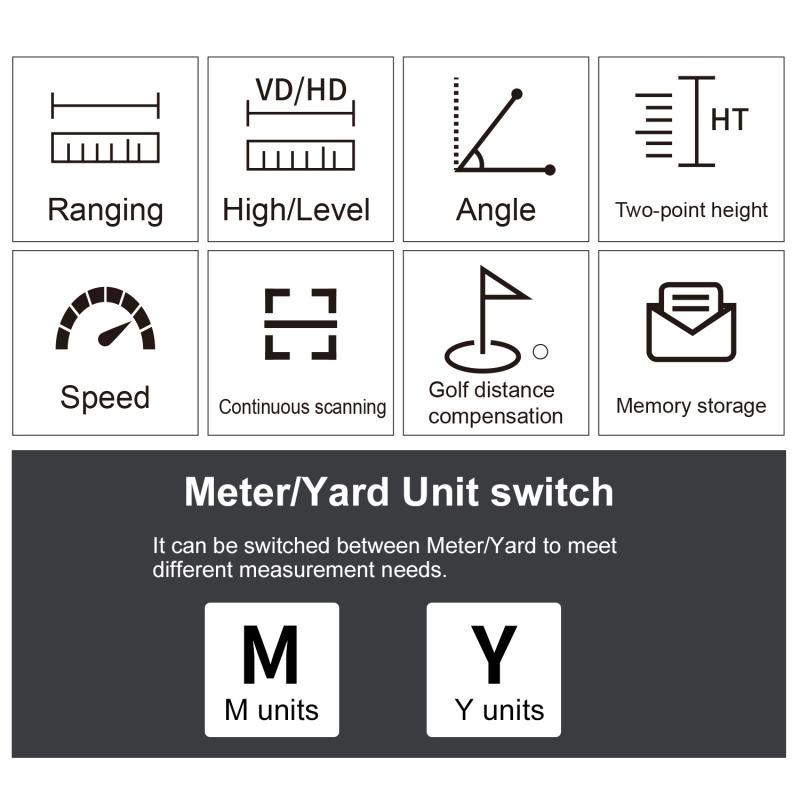
Choosing the right type of rangefinder for your needs is the first step in using a rangefinder effectively. There are two main types of rangefinders: laser rangefinders and GPS rangefinders. Laser rangefinders use a laser beam to measure the distance between the rangefinder and the target, while GPS rangefinders use satellite technology to determine the distance to the target.
When choosing a rangefinder, consider the type of activity you will be using it for. Golfers, for example, may prefer a rangefinder with slope compensation, which takes into account the angle of the slope to provide more accurate distance measurements. Hunters may prefer a rangefinder with a longer range and a wider field of view.
Once you have chosen the right type of rangefinder for your needs, it's important to learn how to use it properly. Start by reading the user manual and familiarizing yourself with the different features and settings. Practice using the rangefinder in different lighting conditions and distances to get a feel for how it works.
When using a laser rangefinder, aim the device at the target and press the button to take a measurement. Make sure the target is in clear view and there are no obstructions in the way. With a GPS rangefinder, turn on the device and wait for it to acquire a signal. Then, select the target and the device will provide the distance.
In conclusion, choosing the right type of rangefinder for your needs and learning how to use it properly are essential for accurate distance measurements. With practice and experience, a rangefinder can become a valuable tool for a variety of activities.
3、 Properly calibrating and adjusting your rangefinder
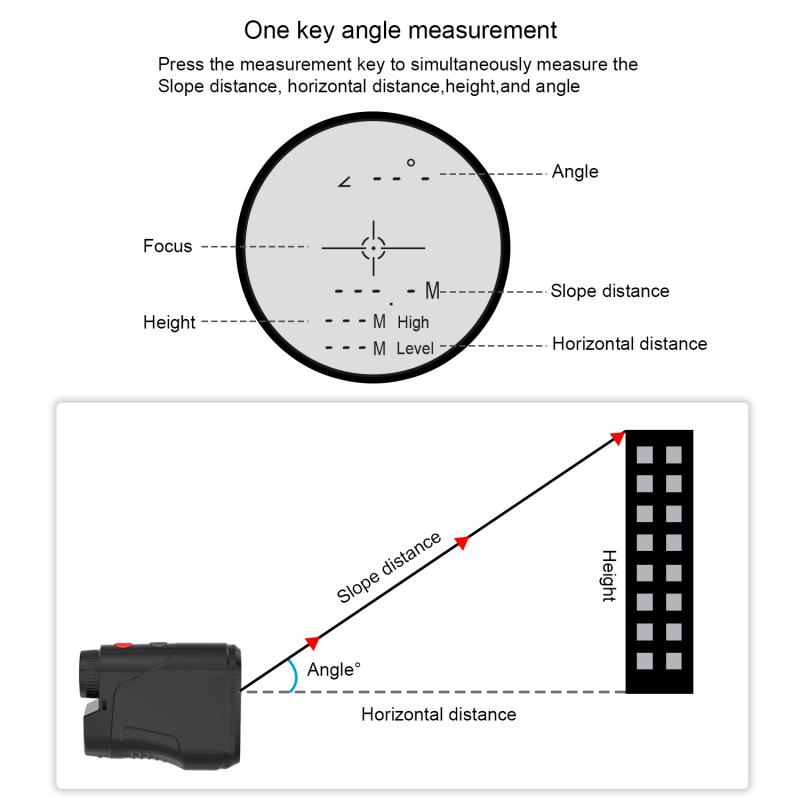
Properly calibrating and adjusting your rangefinder is essential to ensure accurate distance measurements. Here are the steps to follow:
1. Set up a target: Choose a target with a clear and defined edge, such as a flagstick or a tree trunk.
2. Set up your rangefinder: Turn on your rangefinder and set it to the appropriate mode for your target (e.g. golf mode for a flagstick). Hold the rangefinder steady and aim it at the target.
3. Take a reading: Press the button to take a reading. The rangefinder will emit a laser beam that will bounce off the target and return to the rangefinder, providing a distance measurement.
4. Adjust the focus: If the image in the rangefinder is blurry, adjust the focus until it is clear.
5. Calibrate the rangefinder: Some rangefinders allow you to calibrate them for your specific needs. Follow the manufacturer's instructions to calibrate your rangefinder.
6. Practice: The more you use your rangefinder, the more comfortable you will become with it. Practice using it on different targets and in different conditions to improve your accuracy.
It is important to note that rangefinders are not allowed in all sports, such as hunting. Additionally, some golf courses may have rules regarding the use of rangefinders during play. Always check the rules and regulations before using your rangefinder.
4、 Techniques for accurately measuring distance with a rangefinder
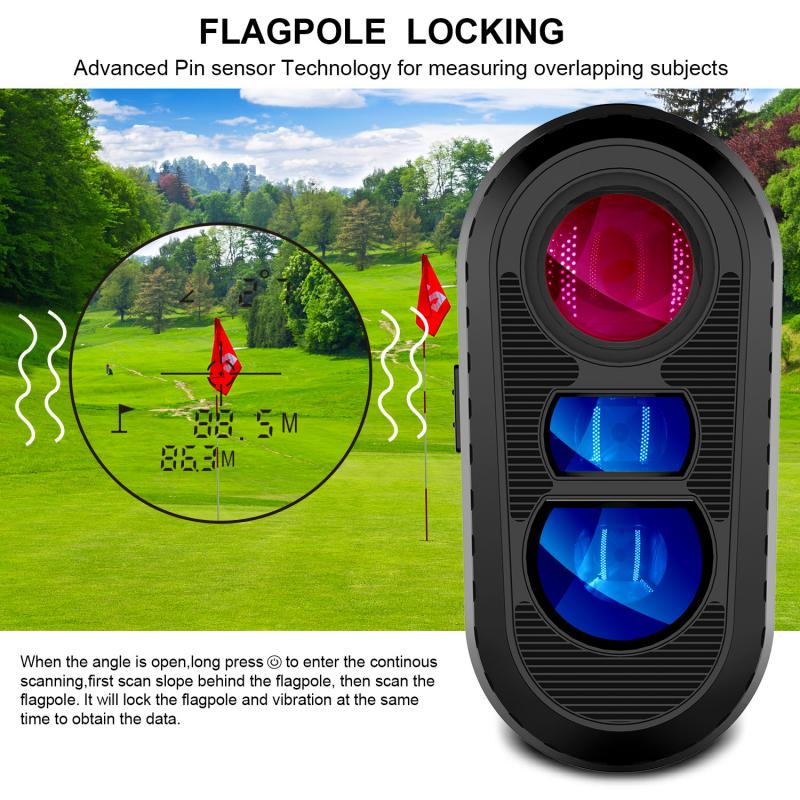
How to use a rangefinder:
1. First, turn on the rangefinder and adjust the settings to your desired mode. Most rangefinders have different modes for measuring distance, such as slope mode or scan mode.
2. Next, aim the rangefinder at your target and press the button to activate the laser. The rangefinder will emit a laser beam that will bounce off the target and return to the rangefinder, providing a distance reading.
3. Make sure to hold the rangefinder steady and aim it directly at the target. If the rangefinder is not held steady or is aimed at an angle, it may provide an inaccurate reading.
4. Once you have the distance reading, you can use it to adjust your shot or make other calculations, such as determining the distance to a hazard or the length of a putt.
Techniques for accurately measuring distance with a rangefinder:
1. Practice using the rangefinder in different conditions, such as on hilly terrain or in low light. This will help you become more familiar with the rangefinder and improve your accuracy.
2. Use a tripod or other stabilizing device to hold the rangefinder steady. This will help ensure that you are aiming directly at the target and will provide more accurate readings.
3. Take multiple readings and average them to get a more accurate distance. This is especially important when measuring longer distances or when there are obstacles in the way.
4. Be aware of the limitations of your rangefinder. Some rangefinders may not work well in certain conditions, such as in heavy rain or fog. It is important to know the capabilities of your rangefinder and adjust your expectations accordingly.
5. Finally, remember that a rangefinder is just one tool in your arsenal. It is important to also use your own judgment and experience when making shots on the course.






